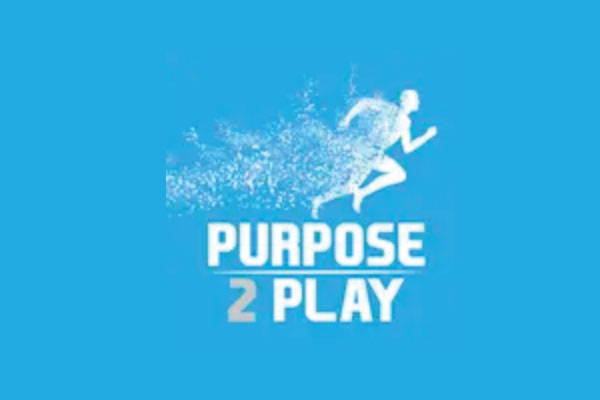With the swipe of a pen and basketball talent that Kent State University was drawn to, Kalin Bennett made history by becoming the first person with autism to sign a national letter of intent to play a team sport at the Division I level.
By inking his name, Bennett, a 6’10”, 300-pound big man from Little Rock, Arkansas, will receive a full scholarship to play at the Ohio school.
“I want to make an impact not just on the court, but with kids that are struggling with the same things I am,’’ he told Cleveland.com. “I want to use this platform to inspire other kids with autism and non-autism. I want to let them know, hey, if I can do this, you can do it, too. A lot of times they feel alone and by themselves, and I felt that same way growing up.’’
Bennett didn’t speak until he was seven years old, and he was bullied throughout childhood, but basketball was the thing that provided him with hope for a future.
“[I] used to get picked on and bullied, and I never knew about it, and I used to not know when people used to bully me or when people were messing with me. It took me a long time to figure this stuff out but then I came across basketball,” he said in an Instagram post. “Basketball has [taken] me to places I’ve never would’ve dreamed of being at and has made me meet new people, actually fantastic people… I have overcome many challenges and other obstacles that have challenged me but by the grace of God I’m still able to be here. A lot of kids like me don’t usually get to this point because people put limits on us.”
While Bennett is doing the unbelievable and jumping straight from high school to Division I NCAA basketball, he’s not the first person with autism to play at that level.
That title goes to Anthony Ianni, who played basketball for Michigan State and went to the Final Four with the team in 2010.
Diagnosed with pervasive development disorder at the age of 4, Ianni struggled with communication and socialization when he was younger.

NEW YORK, NY – JUNE 13: Anthony Ianni speaks at the Autism Speaks: Game Changers Gala 2017 at Mandarin Oriental New York on June 13, 2017 in New York City. (Photo by Rob Kim/Getty Images for Autism Speaks)
“In school, I had trouble understanding nouns, verbs, idioms, and sarcasm,” he told us in 2015. “For example, if someone said to me when I was in first grade ‘It’s raining cats and dogs,’ I would literally think that there was a dog or a cat falling from the sky, or like ‘living on cloud 9,’ I would think that there was actually a cloud nine and somebody was living on it.”
Upon hearing the news that Bennett was making history, Ianni took to Twitter to share his thoughts.
“…there have been articles in the national media about a wonderful young man with autism named Kalin Bennett, who signed his national letter of intent to play basketball for Kent State University next year…I reached out to both him and his mom to congratulate both of them and to let them know anything I can do for them or any guidance or advice Kalin ever needs, I’m there for him. Here’s what I want to clarify for everybody. I signed my letter of intent with Grand Valley State (Division 2 scholarship), then transferred to MSU, where I was a walk-on, and then awarded a scholarship my senior year. I am still the first person with an autism diagnosis in NCAA history to play Division I basketball. However, I never signed with a Division I school despite being recruited by all levels when I was in high school.”
“In the end, it’s not about who did what. It’s bigger than that,” Ianni continued. “It’s about how Kalin Bennett, myself [and other college athletes who fall on the autism spectrum] have all laid the foundation down for others with autism who want to compete at the highest level in sports. We have all shown families and others impacted by autism that you can do the impossible. We are the trailblazers for those who need hope, inspiration and a path to get to those accomplishments…”
And with Bennett standing 6’10” and Ianni at 6’9″, it’s especially difficult to miss seeing these pioneers creating giant waves of understanding about spectrum disorders.

